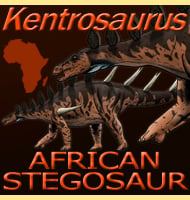Psittacosaurus
In Depth When it comes to the study of ceratopsian dinosaurs, it is the genus Psittacosaurus that has the most significance. The remains of literally over four hundred individuals are known, a few of these complete, articulated and with soft tissue remains such as skin and feather impressions. It is also possible to study the … Read more

